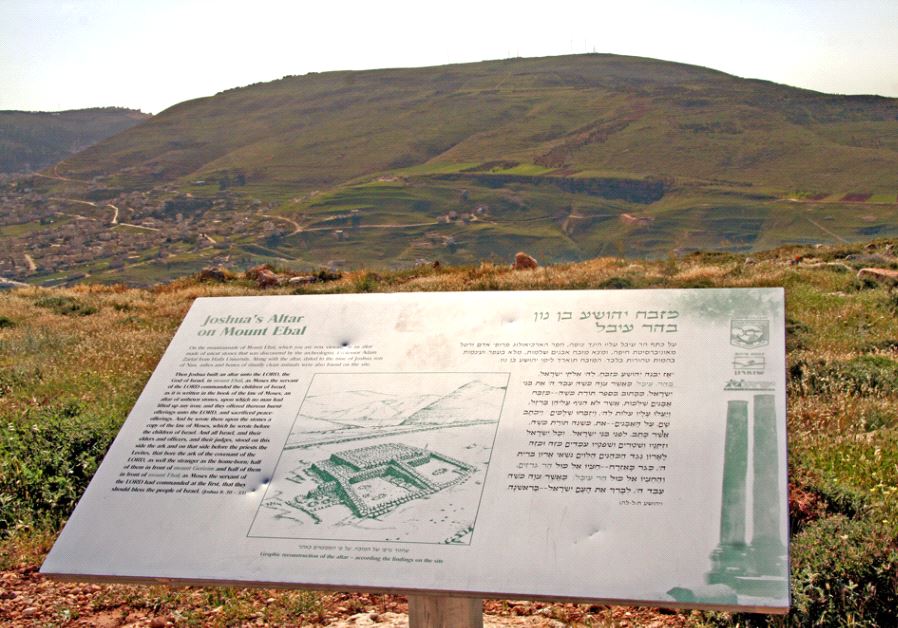How do you ignore the intellectual 'volcano' of Mount Ebal?
Only recently have my theories about Mount Ebal started to gain serious attention and interest – even acceptance.
 Mount Ebal and an explanation of its standing at the altar(photo credit: TAMAR HAYARDENI)
Mount Ebal and an explanation of its standing at the altar(photo credit: TAMAR HAYARDENI)